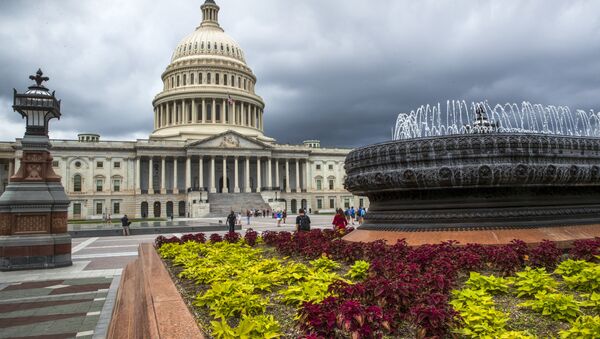The statistics reveal that the US budget deficit for the period of October through December was 11.8% higher than during the same period last year. Although government spending and revenues both broke records during the first three months of FY2020, spending increased at a faster rate than tax collections, driving up the government deficit.
The statistics also show that tax revenues are hundreds of billions of dollars below what the Congressional Budget Office (CBO) estimated they would be before US President Donald Trump’s tax cuts went into effect in 2017, establishing a single corporate tax rate of 21%.
The CBO also predicts that the annual budget deficit will remain over $1 trillion for the next decade.
According to the New York Times, this is the first time since 2012 that the annual government deficit has surpassed $1 trillion. The deficit spiked following the 2008 financial crisis due to cut taxes and increased federal spending.
Trump in August signed a two-year, $2.7 trillion budget agreement. Under the agreement, spending levels are higher than those outlined by the Budget Control Act of 2011, and an estimated $1.7 trillion will be added to the national debt over the next decade, according to the Committee for a Responsible Federal Budget. The deal ensures that automatic cuts that would have reduced domestic spending by $55 billion and military spending by $71 billion, compared to the 2019 budget, are canceled, Sputnik reported.
While on the campaign trail, Trump stated that he would be able to prevent future deficits through tax and spending cuts. The New York Times also reported that the high budget deficit under the Trump administration reveals that the US’ economic growth under the current administration is due to “fiscal stimulus,” which refers to increasing government spending an/or lowering taxes.


